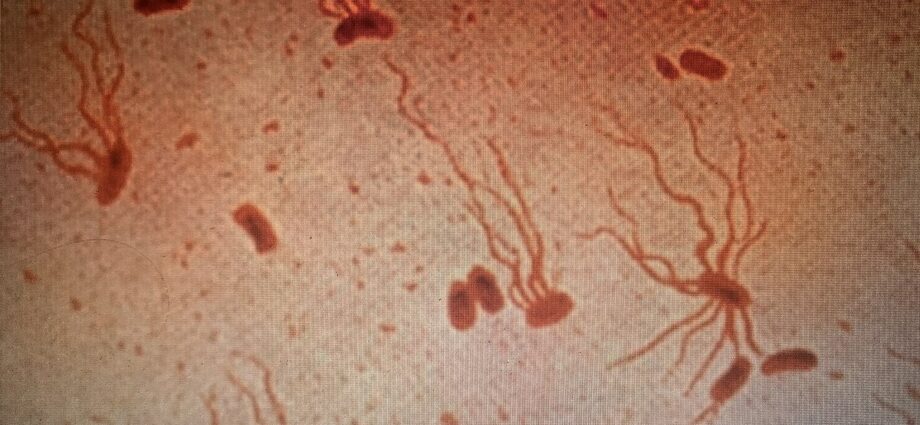Contents
Typhoid fever, what is it?
Typhoid fever is characterized by a bacterial infection. It particularly affects the populations of developing countries. An effective treatment and a preventive vaccine exist against this disease.
Definition of typhoid fever
Typhoid fever is caused by a bacterial infection, and in particular by sepsis linked to this infectious agent (infection of the whole body through the passage through the blood).
Without prompt diagnosis and treatment, this bacterial infection can be very serious and even fatal.
The bacteria involved is Salmonella typhi. The latter is usually transmitted through food. Typhoid fever is highly contagious. Transmission of the disease is usually fecal-oral.
The causes of typhoid fever
Typhoid fever is caused by a bacterial infection Salmonella typhi. This bacterium is found particularly in animal and human excreta. It can therefore be transmitted from man to man by handling or be found in food (crops whose soil is contaminated) or in water.
The populations most affected by this type of infection are those whose sanitation means are not optimal (in developing countries in particular).
Other sources of contamination can be:
- using a contaminated toilet and then putting your hands to your mouth
- consumption of seafood living in contaminated water
- consumption of root vegetables (carrots, leeks, etc.), grown on contaminated soil
- consumption of contaminated milk
Who is affected by typhoid fever?
Typhoid fever particularly affects populations in developing countries, whose sanitation system is not optimal.
Children are also at greater risk of developing the disease, including an increased tendency to put their hands to their mouths. In addition, their immune system is less effective, their body is more sensitive to infections and associated complications.
Evolution and possible complications of typhoid fever
Complications of an infection causing typhoid fever usually do not appear until without treatment.
These complications are associated with:
- internal bleeding, especially from the intestinal system
- a perforation in the intestines, causing the bacteria to spread throughout the body.
Symptoms of typhoid fever
Symptoms associated with typhoid fever usually appear after two weeks of bacterial contamination.
Prompt management and treatment of typhoid fever can reduce symptoms within 3 to 5 days.
Conversely, late diagnosis and management can lead to much more serious consequences within a few weeks. In a few months, the symptoms can become irreversible and the person’s vital prognosis can deteriorate quickly.
The general symptoms of typhoid fever are:
- a high fever (between 39 and 40 ° C)
- headaches
- muscle pain
- upset stomach
- loss of appetite
- constipation and / or diarrhea
- the appearance of pimples on the body
- a state of confusion.
Risk factors for typhoid fever
Since typhoid fever is caused by a bacterial infection, the associated risk factor is therefore exposure to the pathogen. This involves in particular the consumption of contaminated food and / or water or even fecal-oral transmission from a contaminated individual.
How to prevent typhoid fever?
The prevention of typhoid fever mainly involves respecting the rules of hygiene (washing your hands well before eating, not consuming water without being certain that it is drinkable, washing fruits and vegetables well, etc.
A preventive vaccine is available and highly recommended for travel to endemic countries (Africa, South America, Asia, etc.)
How to treat typhoid fever?
There is an effective anti-bacterial treatment for typhoid fever
Management is generally carried out at the patient’s home. However, hospitalization may be necessary for slightly more complex cases (vomiting and heavy bleeding, contamination in young children, etc.).
The search for the pathogen that is the source of the infection is necessary upstream in order to adapt the appropriate treatment. Antibiotic therapy at home lasts between 7 and 14 days. .
In view of the very high risk of transmission, patient isolation is important. In the context of complications of the disease, surgery is possible to restore the digestive system attacked by the bacteria.










